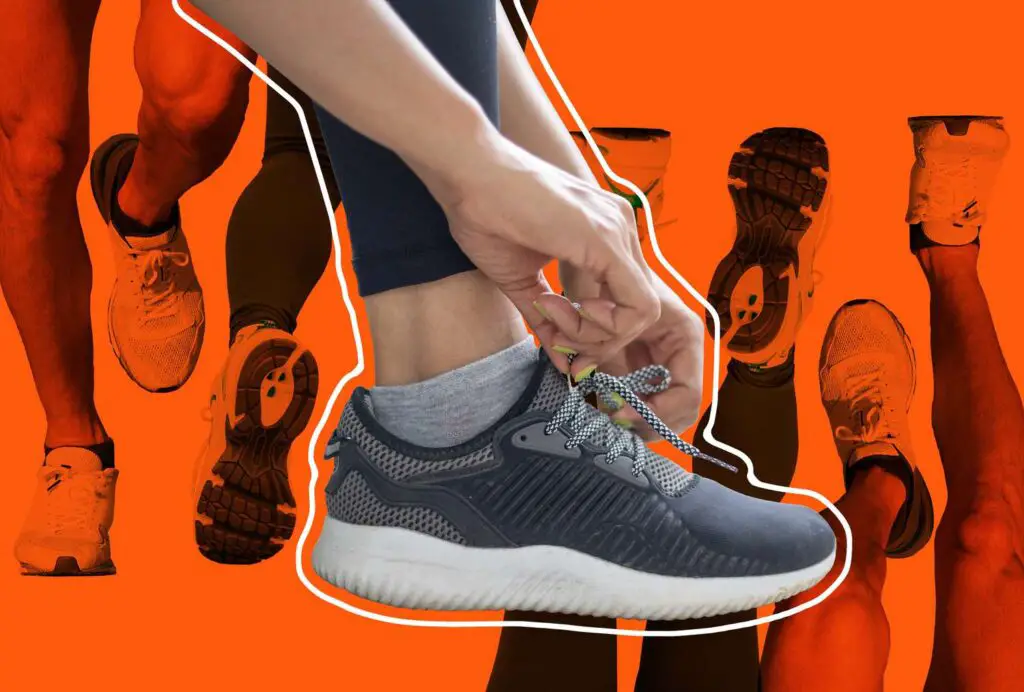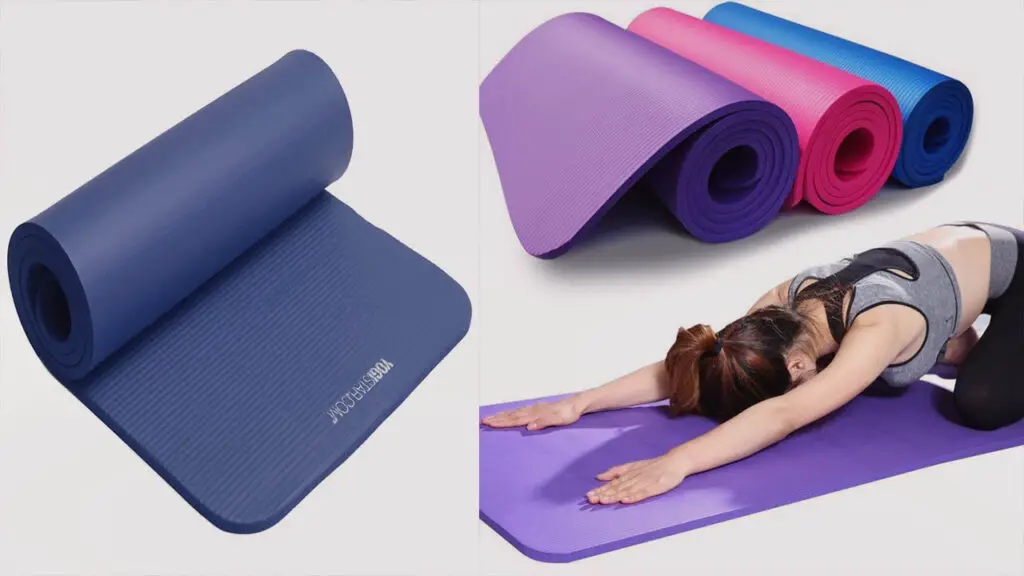Running shoes should fit snugly but not be too tight, allowing room for the toes to move comfortably while providing sufficient support and stability for the foot’s arch and heel. The right fit is essential for preventing injuries and optimizing performance during running activities.
Finding the perfect pair of running shoes is as crucial as the consistency of your training. The right fit can make all the difference, providing comfort and reducing the risk of potential injuries. From cushioning and stability to flexibility and breathability, the characteristics of a well-fitted running shoe can impact your overall running experience.
This article will guide you through the key factors to consider when fitting running shoes to ensure your feet are well-supported and comfortable on every run. Let’s explore how to ensure the perfect fit for your running shoes.
Understanding Your Foot Profile
Understanding your foot profile is vital when it comes to finding the right running shoe fit. Your foot profile encompasses various factors, including foot shape, structure, arch type, and pronation. By understanding these elements, you can make an informed choice when selecting running shoes that provide the best support and comfort for your unique needs.
Foot Shape And Structure
The foot shape and structure vary from person to person, affecting how running shoes should fit. Some individuals have narrow feet, while others have wide feet. Additionally, the length of the toes and the width of the forefoot play a significant role in finding the right fit. To ensure a proper fit, it’s essential to measure both the length and width of your feet and consider the shape and proportions when trying on different running shoe models.
Arch Type And Pronation
Understanding your arch type and pronation is crucial in finding a well-fitting running shoe. The three common arch types are low, normal, and high arches, each necessitating different levels of support. Meanwhile, pronation, the natural inward rolling of the foot during the gait cycle, can be neutral, overpronation, or underpronation. Identifying your arch type and pronation pattern will help you choose the right shoe that provides the necessary support and stability to prevent discomfort or injury during your runs.
Evaluating Sizing And Width
Evaluating the sizing and width of running shoes is crucial to ensure a comfortable and supportive fit for optimal performance and injury prevention. Properly fitting running shoes can prevent blisters, maximize comfort and performance, and provide adequate support for the feet and ankles. Here’s how to evaluate the sizing and width of your running shoes.
Shoe Length And Width Considerations
When evaluating the fit of running shoes, it’s essential to consider both the length and width. The length of the shoe should provide about a thumb’s width of space between the longest toe and the end of the shoe. The width is also significant, as it directly impacts the comfort and support of the shoe. Shoes that are too narrow can cause discomfort and potential foot issues, while shoes that are too wide can lead to instability and lack of support.
Toe Box Space And Wiggle Room
Another critical aspect of evaluating the fit of running shoes is the toe box space. The toe box should provide adequate room for the toes to splay naturally and wiggle comfortably. A cramped toe box can lead to discomfort, while too much space can cause the foot to slide around excessively, leading to potential blisters and instability.
Assessing Comfort And Support
Assessing comfort and support is crucial when it comes to finding the right running shoes. Different runners have different needs, so it’s important to understand how to evaluate the fit of your running shoes based on impact absorption and cushioning, as well as stability and responsiveness.
Impact Absorption And Cushioning
When assessing the comfort and support of running shoes, impact absorption and cushioning are essential factors to consider. Proper cushioning is crucial to preventing fatigue and injury, as it helps to reduce the shock and stress on your joints with each step. Look for running shoes that offer adequate cushioning to provide a comfortable and supportive feel, and help distribute the impact forces evenly throughout the shoe.
Stability And Responsiveness
In addition to impact absorption and cushioning, stability and responsiveness play a vital role in ensuring comfortable and supportive running shoes. Running shoes should provide stability to prevent excessive side-to-side movement and maintain proper alignment, particularly for those with overpronation or underpronation. Furthermore, responsiveness in running shoes refers to the shoe’s ability to quickly return energy with each stride, providing a more efficient and supportive running experience.
Testing Fit In Motion
Flexibility And Movement
When testing the fit of running shoes in motion, it’s crucial to consider the flexibility and movement they offer. The shoes should allow for natural movement of the foot, without restricting the range of motion. To assess this, try bending the shoe to ensure it flexes at the same points as your foot and check for ample toe wiggle room. Additionally, go for a short jog or run in the shoes to feel how they move with your feet. Ensure the shoes feel comfortable and supportive during these movements to avoid any discomfort or injury.
Ankle And Heel Support
Ankle and heel support is another critical aspect to consider when evaluating the fit of running shoes. The shoes should securely hold the heel in place to prevent slippage, which can lead to blisters and discomfort. Make sure the ankle area feels supported and stable, and there’s minimal movement of the heel. Check for cushioning and snugness around the ankle and heel to maintain stability during runs. Verify that the shoes provide adequate support in these areas to prevent any potential injuries.
Finalizing The Perfect Fit
Finalizing the perfect fit for your running shoes is essential to ensure optimal comfort and performance while minimizing the risk of injuries. Professional guidance and fitting tips, along with a focus on comfort, performance, and injury prevention, are crucial elements in achieving the ideal fit.
Professional Guidance And Fitting Tips
Seeking professional guidance from expert staff at specialty running shoe stores or podiatrists can provide valuable insights into the perfect fit for your running shoes. These professionals can conduct gait analysis, measure your feet accurately, and recommend shoes based on your specific foot type and running style. Utilizing their expertise ensures that you are on the right track towards finding the ideal fit.
Comfort, Performance, And Injury Prevention
Emphasizing comfort, performance, and injury prevention during the fitting process is paramount. Your running shoes should feel comfortable from the moment you put them on, with no tightness or pinching. Additionally, ensure that there is ample space in the toe box to prevent discomfort and potential injury. Optimal performance is achieved when your shoes provide the necessary support and stability for your individual needs, enhancing your running experience while minimizing the risk of strain or overuse injuries.
:max_bytes(150000):strip_icc()/040623-Running-Shoe-Terminology-Lead-acb5b1170e0144749e1a2c2a9bcde340.jpg)
Credit: www.shape.com
Frequently Asked Questions For How Are Running Shoes Supposed To Fit
What Is The Right Way To Measure Your Running Shoe Size?
To find the perfect fit, measure your foot length and width, especially at the ball of the foot. Try on shoes at the end of the day and with sports socks.
Should Running Shoes Be Snug Or Loose?
Running shoes should fit snugly with a thumb’s width of space at the front. However, they should not be too tight, as this can cause discomfort or blisters while running.
How Often Should You Replace Your Running Shoes?
It is recommended to replace running shoes every 300-500 miles or every 6-9 months, depending on your running frequency and the wear and tear of the shoes.
Why Is It Important For Running Shoes To Fit Properly?
Properly fitting running shoes prevent injuries and ensure better performance. They provide support, cushioning, and stability to the feet, reducing the risk of discomfort and pain.
Conclusion
Finding the right fit for your running shoes is essential for your comfort and performance. A well-fitting shoe not only prevents injuries but also enhances your running experience. By considering factors like size, width, and arch support, you can ensure that your running shoes fit perfectly.
Remember, the right fit makes all the difference!



